Annemieke’s clean and minimal style reshapes the way we think about the tactile skill of pottery. We visited her studio to get a glimpse of the projects she is working on and to get some tips and tricks on slow-living.
Meet Annemieke Boots, a self-taught ceramic artist who follows her heart and hands whilst throwing.

Tell us, how did you get to where you are today?
I started off working in museums, but quickly felt the urge to become my own boss. I wanted to set my own agenda, do things my way. Together with my husband I started a boutique where we sold Asian antiquities. We created our own little museum. It was a collectors dream; ceramics, glass, furniture, foreign objects, you name it we had it. The best part was the travelling, curating the different objects. Having them in your hands, seeing them being made and hearing the stories behind them. It was intriguing.
Then the desire to make things myself started to grow so I decided to stop and think about what it was I wanted to make. During a sabbatical, I travelled to Sweden and visited a small harbour town that had a nice ceramics shop. Much to my surprise the Swedish owner was sitting there spinning a pottery wheel and I could see first-hand how magical it looked. He asked me if I was interested in having a go. A question that eventually changed my life. When I tried it for the first time I got goosebumps all over my body and tears in my eyes. The clay just ‘touched’ me. It was love at first sight.


The clay just ‘touched’ me. It was love at first sight.


How did the first few weeks go?
Before it turned into a labour of great love, it was horrible to be honest. The thing I struggled with the most was the force of the wheel. I flexed all the wrong muscles and was sore for days. It is physically super intensive. I have been at it for so long now that there is a clear difference between my hands and those of my friends who don’t have a physical profession. Their hands are still elegant.
What have been career milestones worth celebrating?
One was the first time I saw someone purchasing my ceramics. And of course the first time I saw people eating off my tableware, that was really special. And the fact that great restaurants like Wilde Zwijnen, Rainarai and Breda in Amsterdam create the most stunning food on my hand-turned plates. This really adds value to the experience and it fills me with joy and pride.

How would you describe your pottery?
My ceramics are built to last. I don’t work with earthenware as it’s too porous for everyday use. Instead I work with stoneware and porcelain. This is more user friendly and even suitable for the dishwasher or oven. Design wise, I try to stay in close-knit to the clay, so I don’t glaze whole cups or plates but rather dip it. This gives a more tactile, pure and earth-like feel. I would say I create minimal design but if I had to pick a favourite cup myself I would go for a misfit. Imperfections are unavoidable in pottery. There’s a certain attitude you have to adopt of just letting go. Even if you make the same cup over and over again, each one comes out a little different. Sometimes it has coloured blushes or one is simply thinner than the rest. Some see this as a flaw and some as the perks of handcrafted goods. For me, it’s a reminder not to rush things. Ceramics is a slow paced form of art.
You are currently working on a unique selection of tableware for Unrecorded, how did this collaboration started?
Founders Jolle and Daniel knew my work and asked if I wanted to add something to the store they had just opened in the nine streets of Amsterdam. I really liked what they are about and immediately saw this collaboration happen. Currently I’m working on a collection of vases, water jugs, cubes, plates, plant pottery and candles of organic soy wax. After I visited the store I decided to create every one of them in pebble white as it fits the brand so well. It’s a warm white colour glazed with little speckles. This works really well in conjunction with the stores wooden interior and their fresh coloured clothing. For the big plates I start with two and a half kilos of clay but due to all the stokes it slims down and becomes more delicate. On the vases, jugs and cubes you see a brown blush. This is what I call ‘the sweating of the glaze’ as I stoke up to temperatures to 1250 degrees Celsius. Beneath the blush it’s matt, which creates a pure, unrefined and natural feel. It’s all about the harmony.


You translate this sense of harmony also into your lifestyle of slow living am I right?
Definitely. Slow living is really close to my heart. I try to not engage in the rat race of society. I just live with a conscious mind. We are being pulled in all directions, especially in cities, like here in Amsterdam. Although the vibe is amazing and it’s such a dynamic city, it sometimes over-stimulates me. Therefore I try not to be in the city centre that much but instead find intimate get-aways. Like Suka in the Haarlemmerstraat. It’s a natural boutique with ceramics from Nepal. Or Monks, a coffee spot at the Bilderdijk where they make everyone feel at home. Besides that me and my husband have an idyllic holiday cottage in Sweden where I find my inner peace. We put away our cell phones, take long hikes and chop wood.
What would you recommend for people interested in taking their first steps in the world of slow living?
Sustainable investments are key. Not that everything has to be organic, but just choose what really touches you. There is a Japanese saying ‘Tokimeki’, which has no direct translation, but in essence means ‘to skip a heartbeat when you see something great ’. To me this is an important part of slow-living. If you get really excited about something, you will cherish it forever. It will fit you like a glove. And if it doesn’t get you exited, let it go. Make conscious decisions.
Interview: Marije Popping
Photography: Luca Halma
Read more
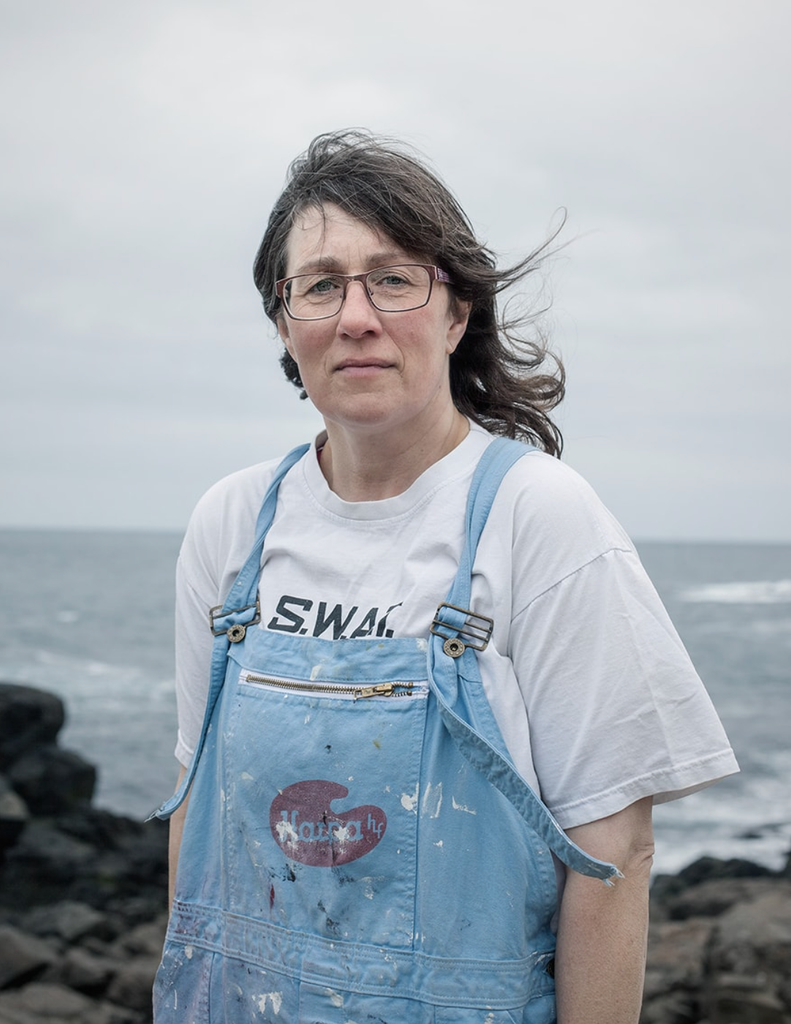
Marzena Skubatz
Marzena Skubatz is interested in the identity of places. Marsibil. Iceland is quite a country to attempt to capture. Sometimes...
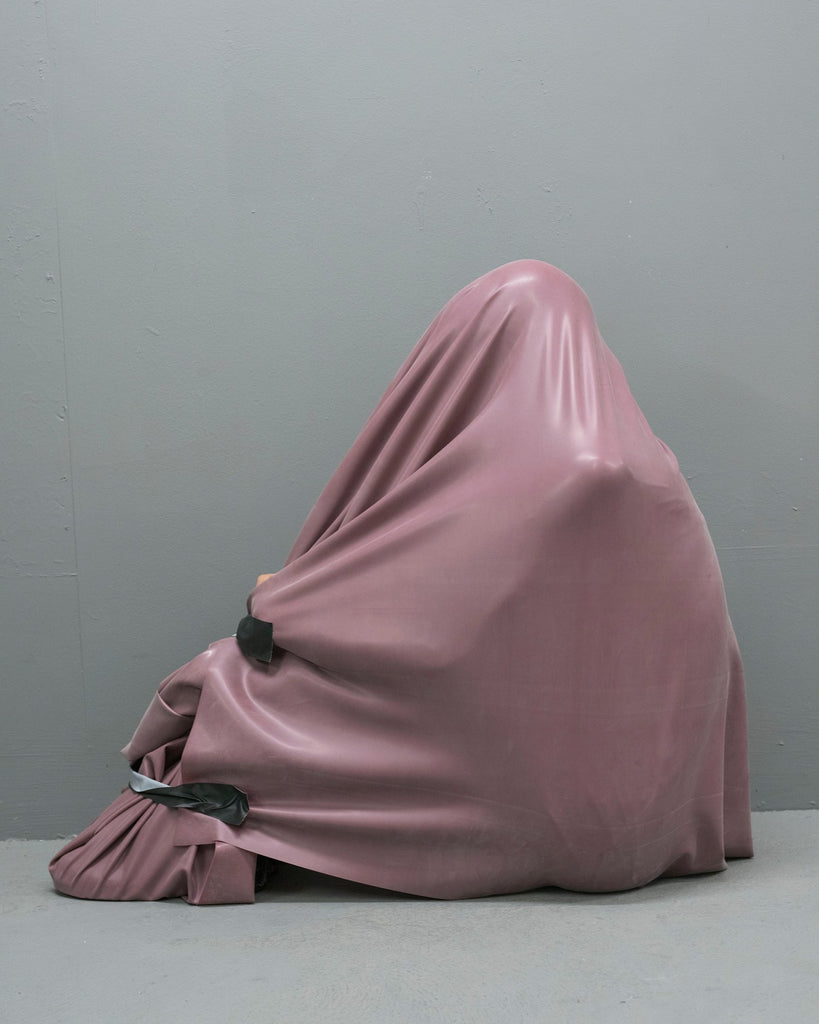
Jackie Nickerson
Jackie Nickerson’s Field Test series presents humans captured by alien objects. A figure is sat with their knees up,...
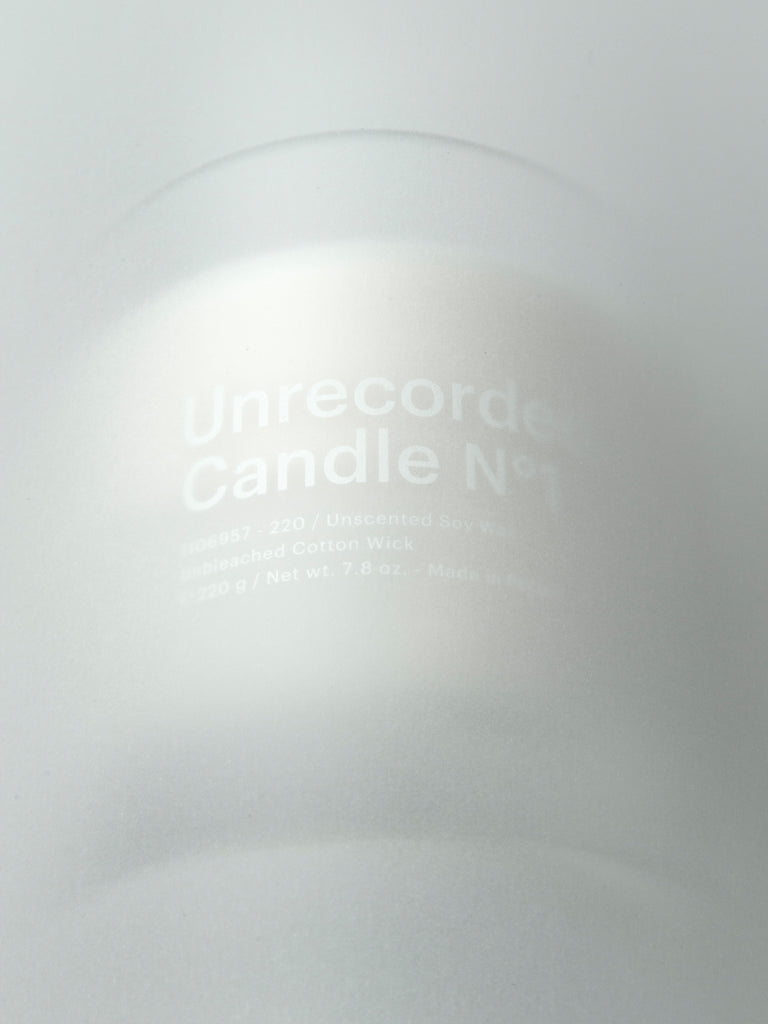
Unrecorded Candles.
Autumn 2020 marks the release of Unrecorded’s candle range. Our selection, coded by rich, mute colours, have been designed for...
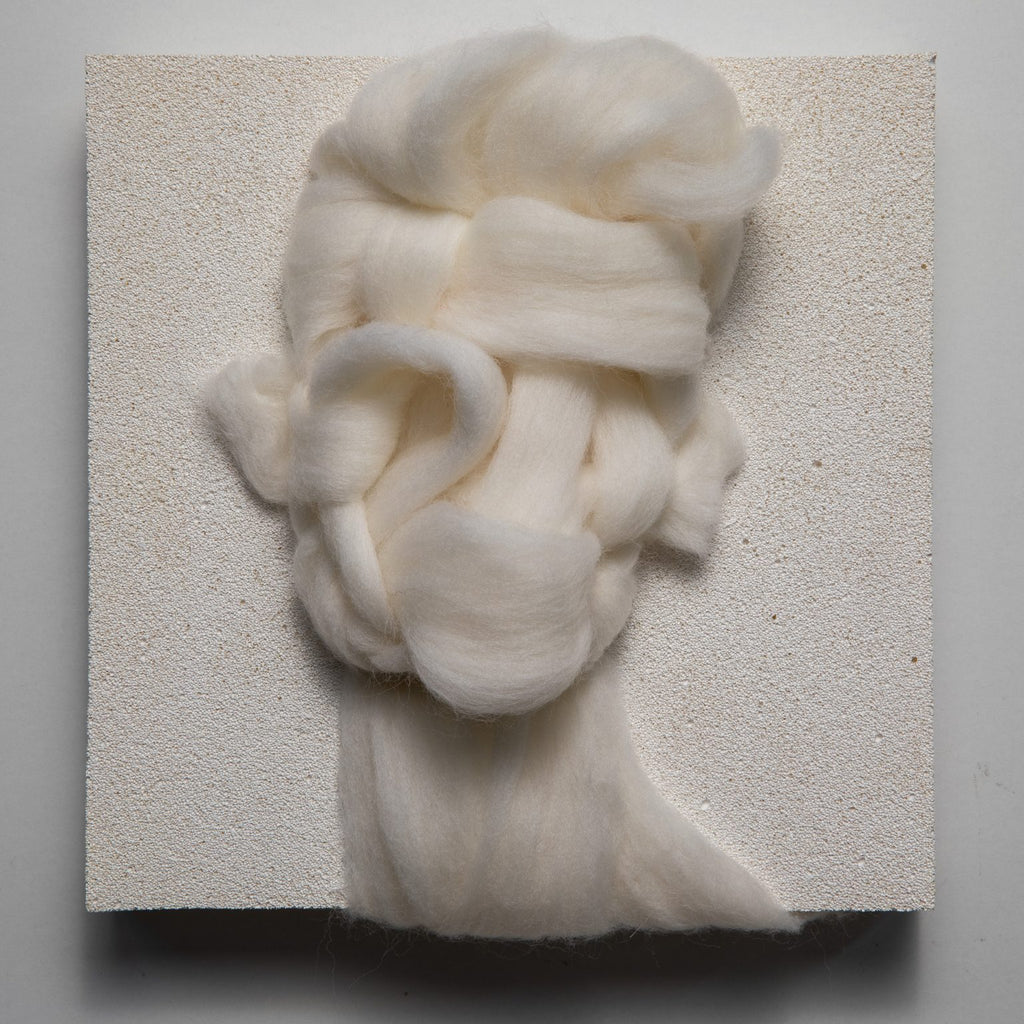
Salman Khoshroo
Salman Khoshroo spent quarantine mastering wool as a material for sculpture. The Iranian artist’s portraits have tended to be tactile....
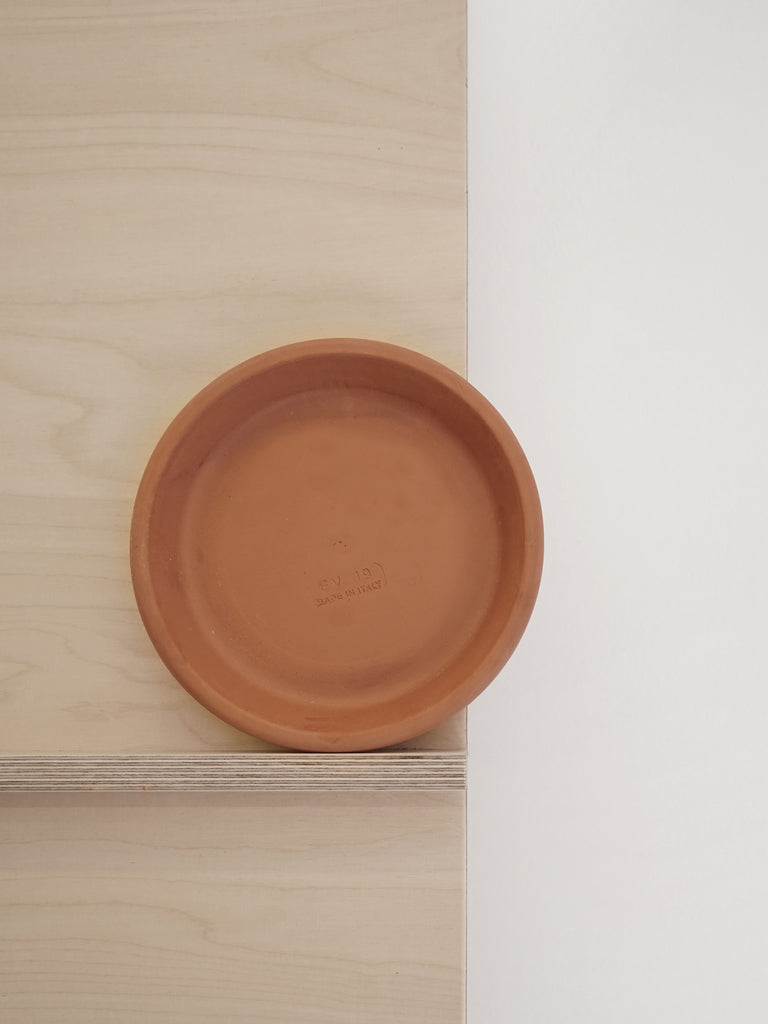
Terracotta
Terracotta is an earthy ceramic that has been produced since the Old Stone Age, at least 29,000 years ago. Latin for "baked earth", Terracotta is based on coarse, porous clay, which is moulded into shape and fired in a kiln at around 1000°C until hard.
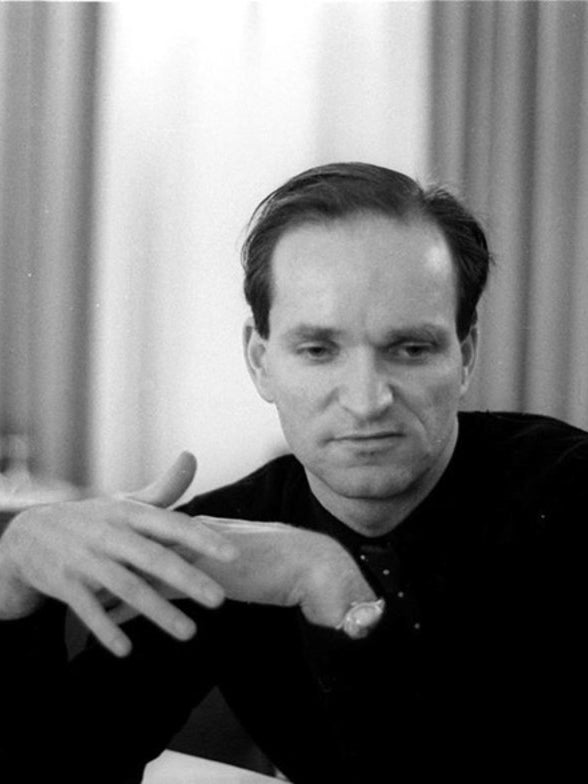
Florian Schneider
Tributes have been pouring in for the Kraftwerk co-founder. Electronic music pioneer Florian Schneider passed away at the end of...
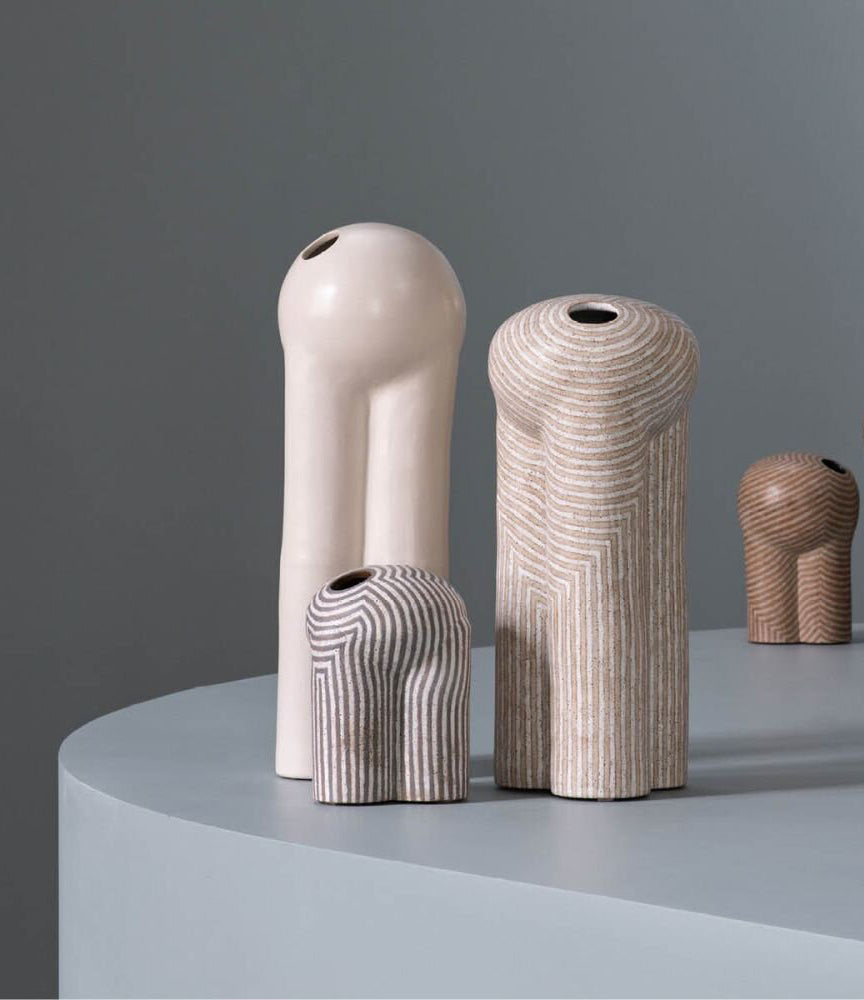
The Piccolo Parade.
Ceramic artist Jeremy Anderson mines the anthropomorphic tensions, playfulness and individuality of his stoneware sculptures. Jeremy Anderson is a ceramic...
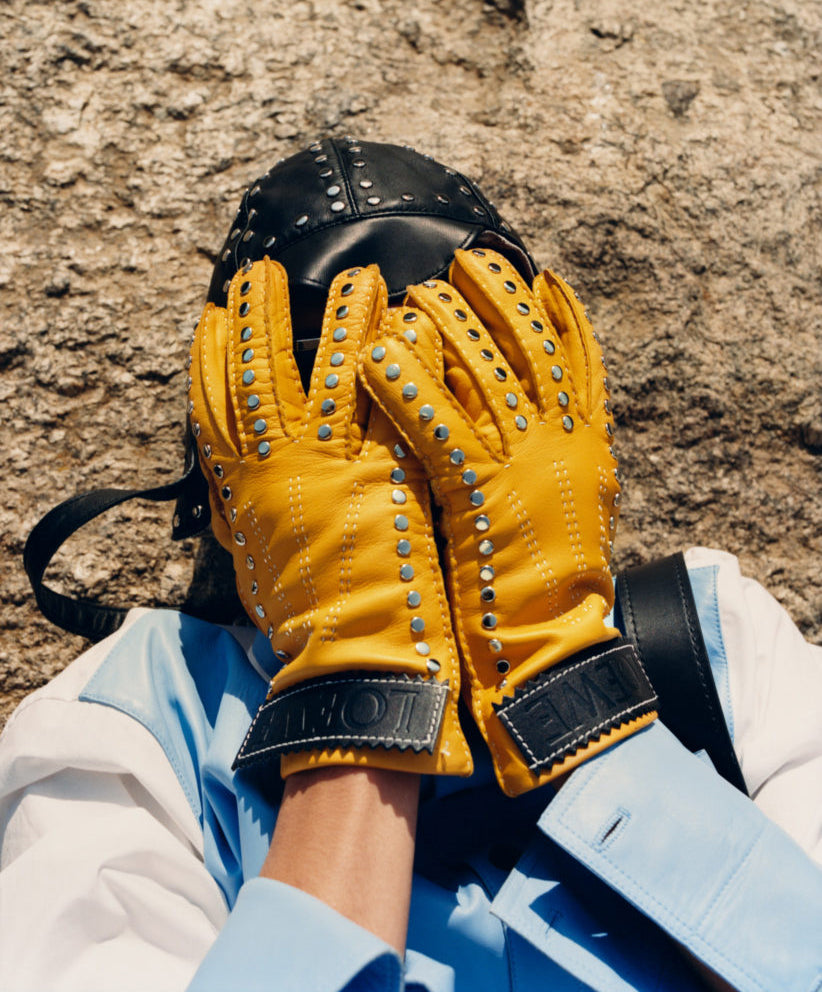
Tyler Mitchell
Tyler Mitchell, a prodigy of photography and video. His portraiture has earned him kudos from some of the most influential...
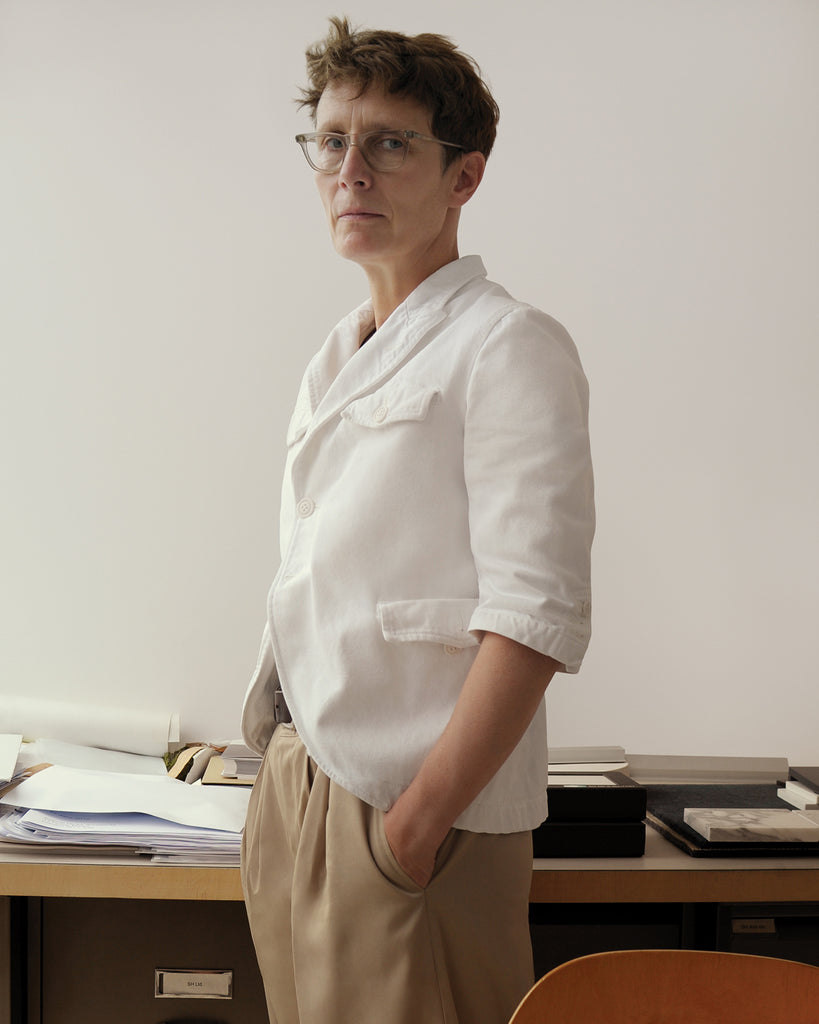
Sophie Hicks is an award winning architect with an eye on minimalism.
Architect Sophie Hicks places white boxes into grey urban environments. Hicks founded her architecture firm in 1990. Since then, the...
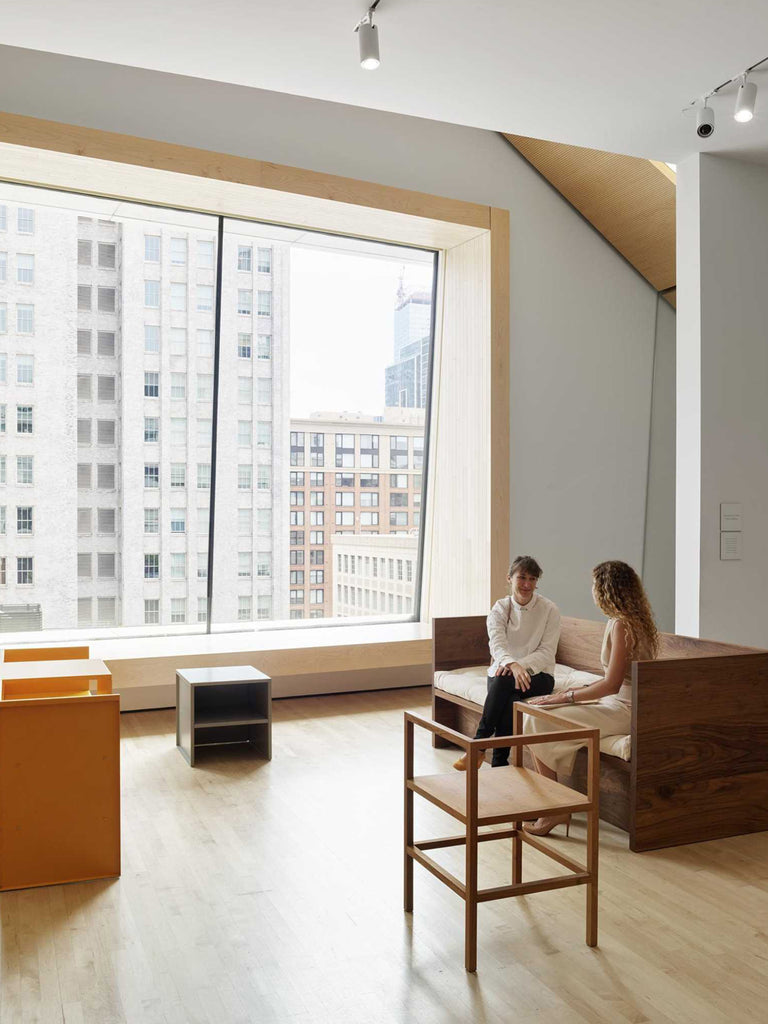
Donald Judd’s designs have inspired a generation.
Geometric shapes, block colours and sturdy materials are the basis for Judd’s timeless furniture.
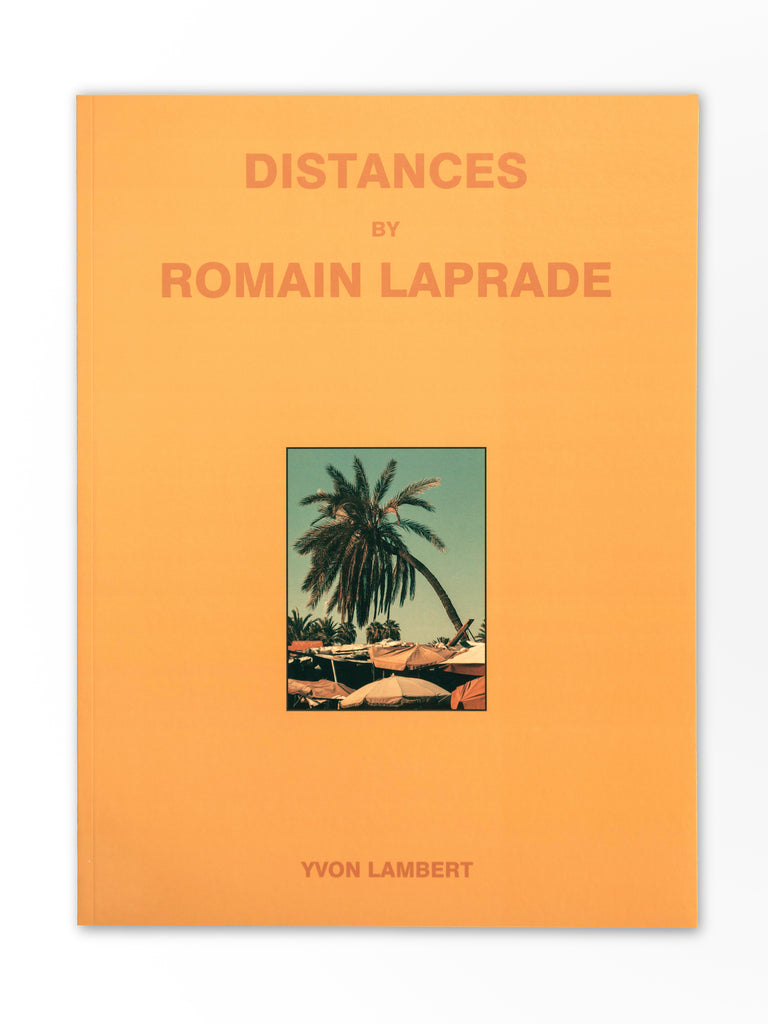
Romain Laprade
“It’s always Spring in Romain Laprade’s photographs.” Romain Laprade is a Paris based photographer notable for his warm, pastel shades....
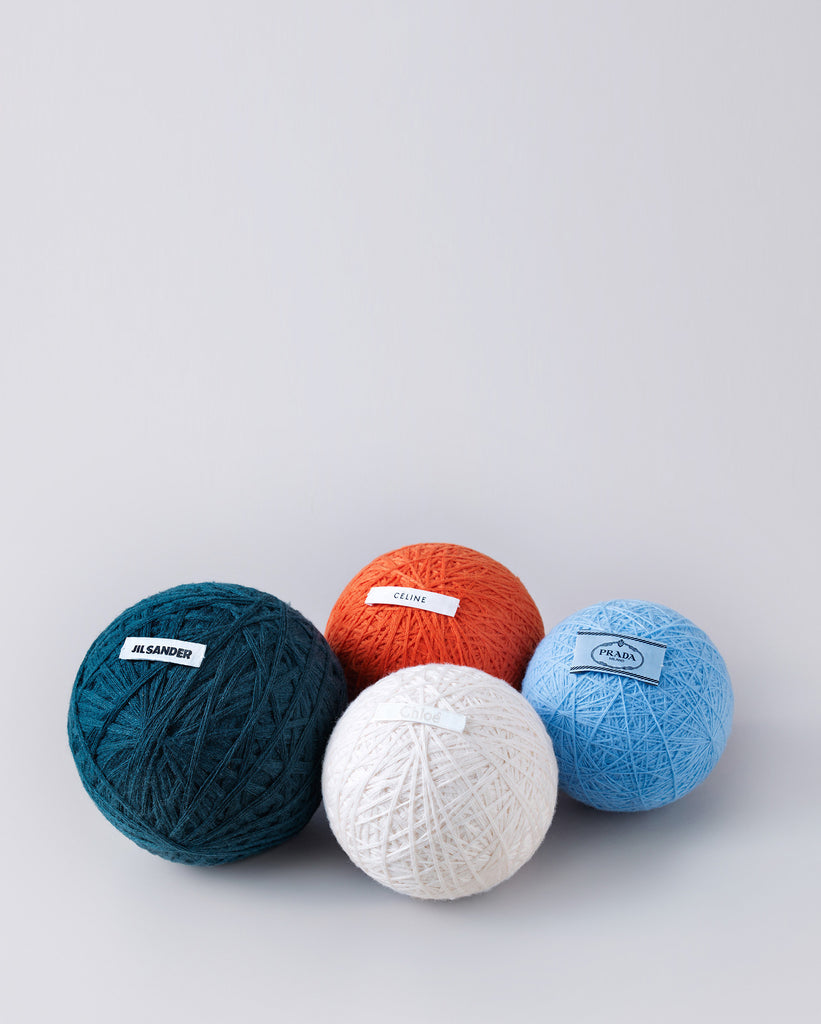
Lernert & Sander
The company has been winning awards since 2011, and has worked with Amnesty International, Hermès, Nowness, Selfridges and more. The founders pride themselves on a “cheeky sense of humour.”
